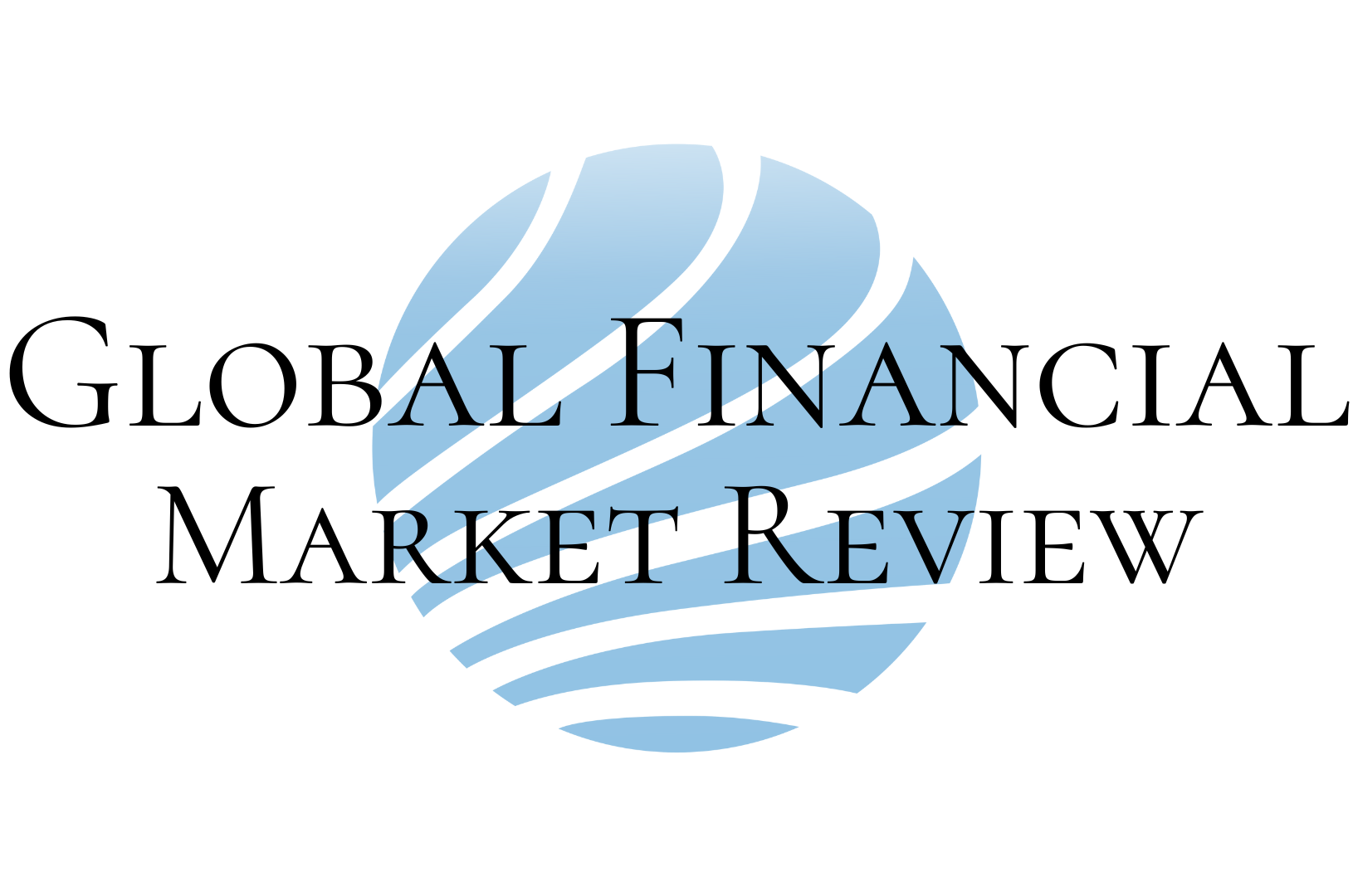Indias Large Exposure Regulations Compliant With Basel Framework
The large exposure regulations in India have been assessed as "Compliant" with the Basel large exposures (LEX) framework, according to the findings of the Regulatory Consistency Assessment Programme (RCAP) of the Basel Committee on Banking Supervision (BCBS). The Committee assessed this compliance as of the highest possible grade.
"Overall, as of June 7, 2019, the large exposures regulations in India are assessed as Compliant with the Basel large exposures framework... The components were all assessed as Compliant: scope and definition of the framework, minimum requirements and value of exposures," the Basel Committee report said.
The LEX framework is aimed at addressing the concentration risk that could arise as a result of a bank’s exposures to its counter-parties, result in concentration of its assets to a single counter-party or a group of connected counter-parties.
In some other respects, the Indian regulations are stricter than the Basel large exposures framework. For example, banks’ exposures to global systemically important banks are subject to stricter limits, in line with the letter and spirit of the Basel Guidelines, and the scope of application of the Indian standards is wider than just the internationally active banks covered by the Basel framework.
The committee's RCAP assessment team led by Vasily Pozdyshev, Deputy Governor of the Central Bank of the Russian Federation, observed that in some other respects, the Indian regulations are stricter than the Basel large exposures framework.
For example, banks’ exposures to global systemically important banks are subject to stricter limits, in line with the letter and spirit of the Basel Guidelines, and the scope of application of the Indian standards is wider than just the internationally active banks covered by the Basel framework.
The RBI implemented the large exposures framework in December 2016 by way of a circular modified in June 2019. Most of the requirements came into effect on April 1, 2019. The requirements apply to all scheduled commercial banks with the exception of regional rural banks.
Based on initial findings of the Assessment Team, RBI has decided to incorporate economic interdependence criteria for determining a group of connected counter-parties in all cases where the sum of all exposures to each such counter-party exceeds 5 per cent of the eligible capital base.
In order to provide time to the banks to adjust to the new requirement, the introduction of economic interdependence criteria in definition of connected counter-parties will be effective from April 1, 2020.
After discussions with the Assessment Team, in order to safeguard against a scenario where combined exposure to underlying entities through structures and otherwise may become a material source of concentration risk, RBI decided to make the LTA (look-through approach) the default approach for computing exposures to counter-parties through structures, thus bringing our guidelines in line with the BCBS LEX framework.
USAA Members Benefit From ~$3.7 Billion In Financial Rewards In 2025
Record Amount Underscores Association’s Commitment to Military Families Read more
USAA Ranked Highest By J.D. Power For Second Consecutive Year For Member Satisfaction In Individual Annuities
USAA continues to set the standard for personalized, efficient and reliable service across the industry. Read more
USAA Launches “Honor Through Action,” Committing $500 Million Over Five Years To Champion The Military Community
Movement will focus on meaningful careers, financial security and well-being for our nation’s veterans and military fa... Read more
USAA Extends Government Shutdown Relief, Totaling More Than $411M To Its Members
Nov 05 2025 SAN ANTONIO – November 5 – As the government shutdown continues, USAA is e... Read more
USAA To Serve As Title Sponsor For HYROX Dallas In November 2025
Through military veteran athletes, content and onsite activation, USAA will elevate the importance of well-being through... Read more
USAA Delivers Advice, Financial Assistance As Government Shutdown Continues
FOR THE LATEST DATA ON USAA SHUTDOWN RELIEF, VISIT USAA STORIES: LINK Read more

